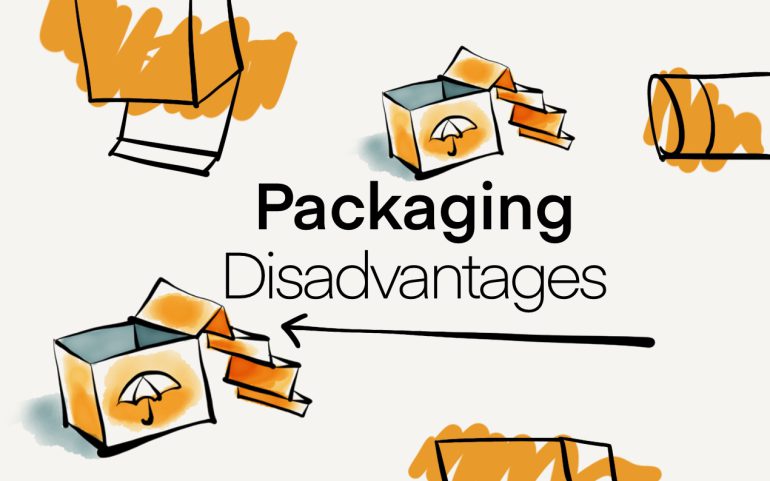Over the course of the last few decades, daily life at home has steadily gotten more hectic, and the degree to which one priorities ease of use while making purchases has also increased. During this same time period, there has been a rise in the total quantity of packaging that is applied to a particular food product or other consumer item.
It is true that packaging makes things safer, more convenient, and less likely to be stolen. But it does come with a few drawbacks as well. Over the course of its life cycle, packaging may be cumbersome, costly, and harmful to the surrounding environment. So lets go to the disadvantages of packaging and see what is our main problem in this field.
Cost
Although packaging may do a lot to attract the attention of customers and may even add value to a product, it also adds to the cost of manufacturing and the final price that customers pay for the item at retail. The first disadvantages of packaging is the cost.
The packaging of items in some businesses, such as the beauty industry, may account for as much as forty percent of the final selling price of such products, as stated by Know This. Creating new packaging may be a pricey endeavor, which can drive up the cost of the items.
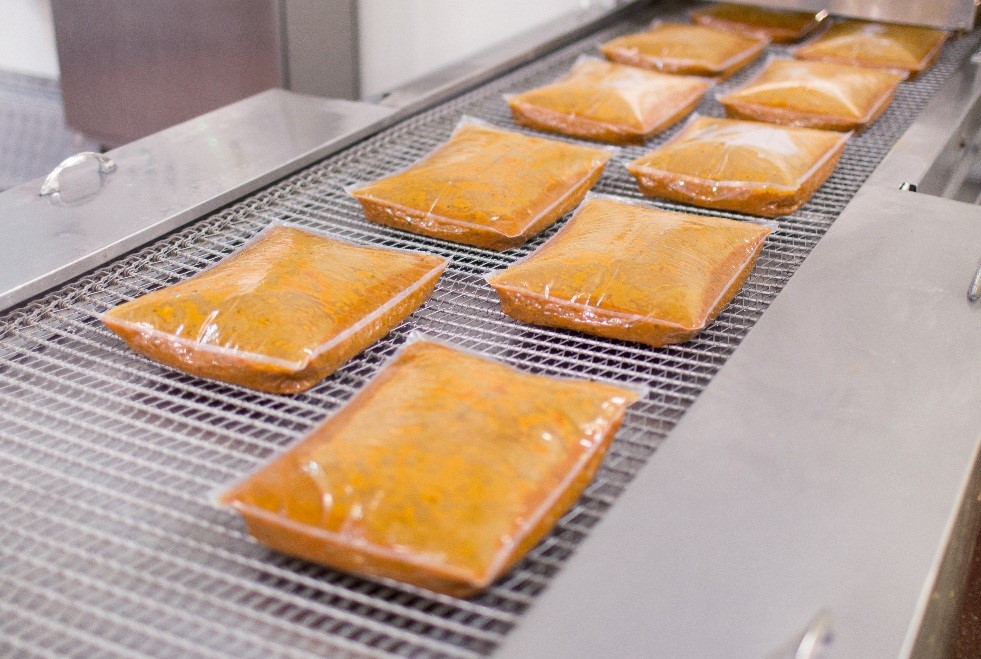
Plastic
Plastic packaging is increasingly being criticized for its environmental impact. Single-use plastic packaging is a big polluter since it takes thousands of years to biodegrade. In the UK, where county-to-county recycling capacities vary, even recyclable plastic packaging regularly winds up in landfills. Plastic molecules release toxins as they degrade, making the soil unsuitable for agriculture.
Chemicals may enter streams and damage sensitive ecosystems. Plastic production is one of the disadvantages of packaging and it harms the environment. Underdeveloped countries with fewer environmental controls generate more plastic at the lowest cost. These factories release huge amounts of carbon dioxide into the atmosphere and pollute neighboring waterways with toxic waste and byproducts.
Plastic packaging’s air bags transmit stress rather than absorb it, proving their lack of protection. Along with being forced to the bottom of a box during transportation and bursting on impact, making it useless and a waste of space. Bubble wrap breaks, leaving the goods within unprotected. Same effect.
Cardboard
Corrugated cardboard is a common choice as a packaging material. It is widely accessible, economical, and robust compared to its weight. Additionally, it is a popular choice as a material for a range of arts and crafts goods that include enormous structures.
However, there are certain projects or packaging requirements for which corrugated cardboard is not the most appropriate material option. When deciding whether or not this material is appropriate for the tasks you already have, it is important to take into account some of the drawbacks it has.
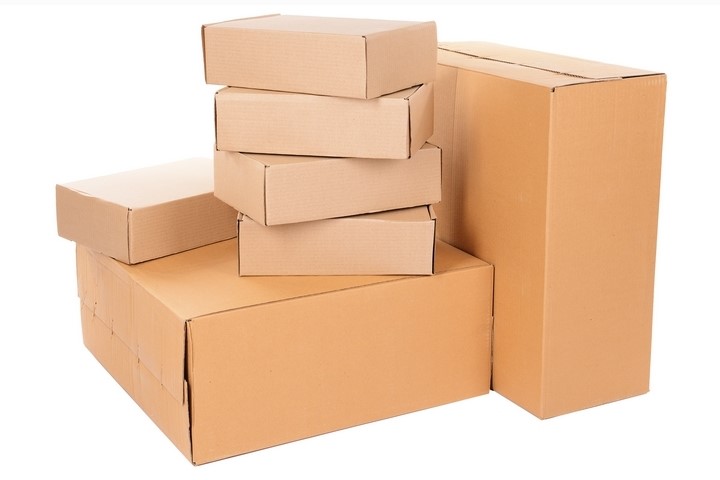
Reduced shelf life
There are many different interpretations and explanations that may be offered for the term “shelf life.” To the average consumer, “shelf life” refers to the time restriction, which is often printed on the “best-before” label, for how long a certain food can be stored before it has to be thrown away.
To put it another way, shelf life is the amount of time that elapses before a food is deemed unfit for ingestion by humans because it has been spoiled. On the other hand, shelf life may also be defined as the amount of time a food product can be kept and displayed while still retaining an acceptable quality or a certain functionality.
This is another way to think about shelf life. Therefore, a food product’s shelf life does not normally provide any information on its level of safety. When a product has reached the end of its shelf life, it does not instantly become harmful for human consumption. Instead, the product no longer complies with a predetermined set of quality standards.
Pasteurized milk is one example of a food product that, if it is properly stored, may retain its original flavor for many days beyond its expiration date even in the absence of any bacterial infection. However, in the case of some items, especially those in which the growth of bacteria is possible, allowing meals to remain on a shelf beyond the date on which they should have been consumed might result in the food being unsafe to eat and give rise to food poisoning. These items frequently have the same expiration dates and shelf lives.
Repel customers
Everyone, regardless of their own preferences in design and aesthetics, reacts positively to nice packaging. However, if the package’s attractiveness is the only benefit it provides, consumers will be hesitant to buy the product it’s packaged in.
In a similar vein, if the packaging design is too simple, the value of the goods contained inside will be reduced if the packaging is unable to effectively communicate the advantages of the product by virtue of its robustness and practicality. As designers, we’ve discussed some of the packaging challenges that have been on our minds, but buyers have a whole other set of expectations. Customers will steer clear of your goods like the plague if they have any of these five typical packaging faults, all of which are completely preventable.
Damaged products
Damage to the packaging may also have a negative impact. In a recent poll conducted by Smithers, customers responded that if they saw damaged packaging on a product, they would be less likely to make a purchase of that product. It is kind of disadvantages of packaging. This exemplifies how making bad decisions regarding packaging may raise the likelihood of losing sales.
Related article: Packaging Layout
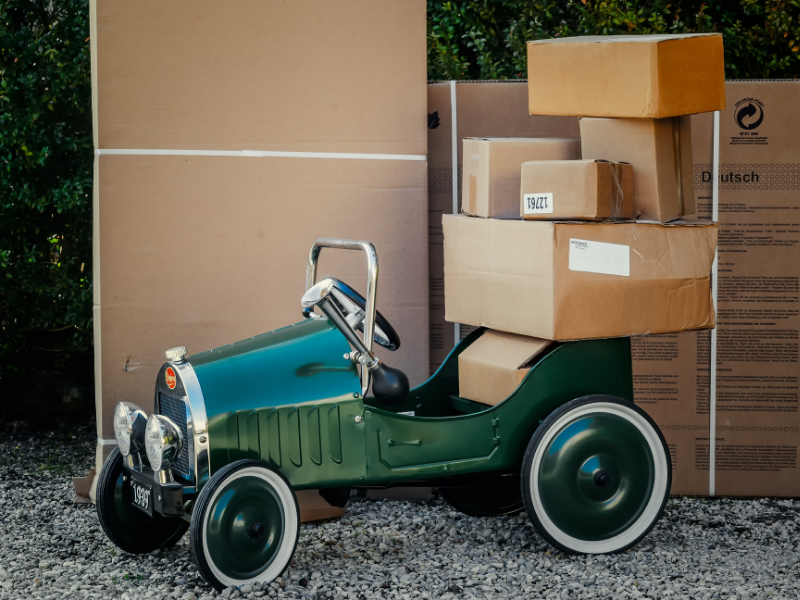
Poor products
Damage to the product is the most obvious negative consequence of inadequate packaging; if either the primary packaging or the secondary packaging is not robust enough to withstand the conditions encountered along the supply chain, then it is likely that the product will arrive at its destination in a condition that is less than ideal. This might be expensive for the producer since they may need to pay for compensation, refunds, or discounts on their product in order to continue selling it.
Protection of products
Product protection, in contrast to brand protection, which emphasizes the protection of rights and their enforcement via legal means, is focused on the implementation of technological protective measures against product piracy.
Brand protection is primarily concerned with the protection of rights. These precautions include the use of labelling that is difficult to forge, the provision of transit monitoring, the use of mechanisms to limit the potential of copying, and the preservation of technical knowledge pertaining to the product.
Packaging waste
Waste from packaging is a significant problem in the business sector since practically every company uses some kind of packaged product and buys other kinds of packaged items. There is a possibility that companies that create, use, or sell packaging and packaged items are considered obliged packaging producers and are required to comply with government laws. Recycling packaging helps the environment and may save your company thousands of dollars, even if you don’t recycle it yourself.
Related article: Packaging Structure
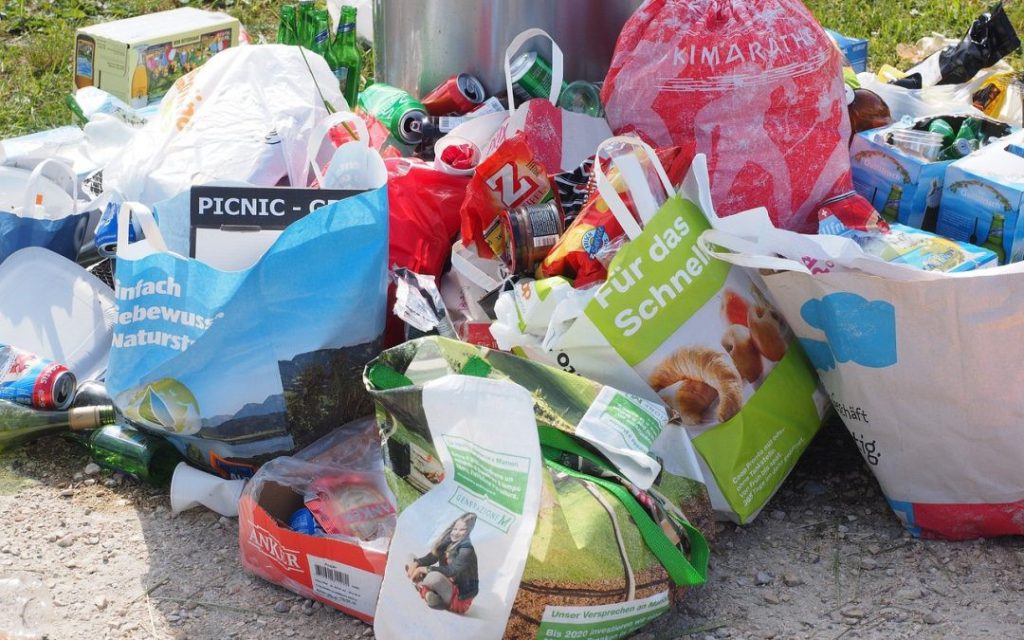
Sustainability
Achieving sustainability means meeting the requirements of the present generation without jeopardizing the capacity of future generations to meet their own needs, all while maintaining a healthy equilibrium between economic expansion, environmental protection, and social well-being. Plastics provide a significant challenge for the world’s oceans, as we saw in the last section; according to the latest statistics from the United Nations, more than three million people get their livelihood from the sea.
Therefore, the existing scenario has to change in order for us to reach Goal No. 14 of the Sustainable Development Goals (SDGs), which states that we should “conserve and sustainably utilize the oceans, seas, and marine resources for sustainable development.”
Related article: Packaging Cartons; In details

Conclusion
It is true that packing makes things safer and more convenient, but we should also pay attention to the disadvantages of packing. This may include the cost of plastic materials, which are harmful to the surrounding environment.

